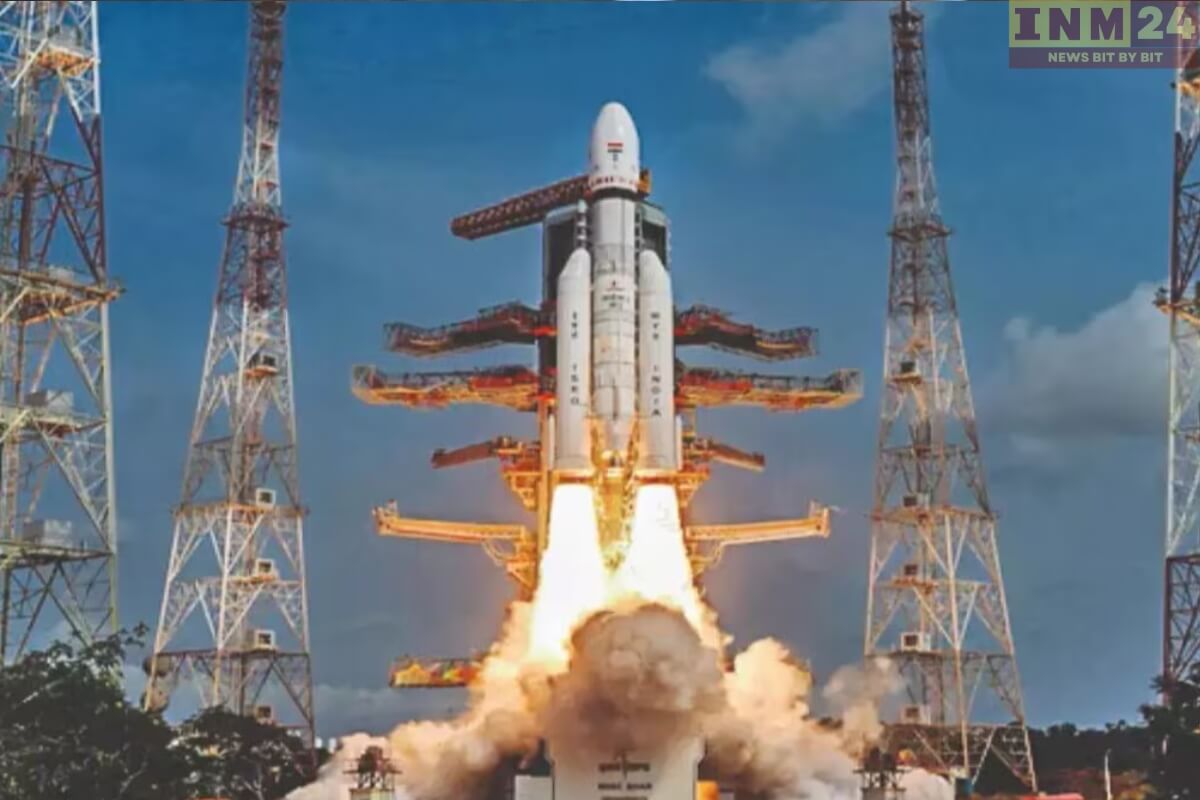India’s space exploration program is set to achieve another milestone with the upcoming launch of Chandrayaan-4, a lunar exploration mission that will be executed in two distinct stages. This ambitious endeavor aims to further expand our understanding of the Moon and unlock new insights into its composition, origin, and evolution. Let’s delve into the mission details and what we can expect from Chandrayaan-4.
Phase 1: Orbiter Mission
The first phase of Chandrayaan-4 will involve the deployment of an orbiter spacecraft to lunar orbit. Equipped with advanced instruments and sensors, the orbiter will conduct comprehensive remote sensing studies of the lunar surface and atmosphere. Its primary objectives include mapping the lunar terrain, analyzing mineral composition, and studying the distribution of water ice and other volatile compounds.
The orbiter will also serve as a communication relay station, facilitating data transmission between ground control and future lunar missions. This phase of the mission will lay the groundwork for subsequent exploration activities and provide valuable data for scientific research and lunar resource utilization efforts.
Phase 2: Lander and Rover Mission
In the second phase of Chandrayaan-4, a lander and rover will be deployed to the lunar surface, marking India’s return to lunar exploration after the successful Chandrayaan-2 mission. The lander will touch down at a predetermined landing site, carefully selected based on scientific criteria and safety considerations.
Once safely on the lunar surface, the rover will be deployed to traverse the terrain and conduct in-situ experiments. Equipped with scientific instruments, including cameras, spectrometers, and drilling equipment, the rover will analyze lunar soil and rocks, study lunar geology, and search for signs of water and resources that could support future human exploration.
Scientific Objectives
Chandrayaan-4 aims to address key scientific questions related to lunar geology, mineralogy, and exospheric studies. By studying the Moon’s surface and subsurface environment, the mission seeks to unravel mysteries surrounding its formation and evolution, shedding light on the early history of the Earth-Moon system and the broader solar system.
International Collaboration
Like its predecessors, Chandrayaan-4 will involve collaboration with international partners, fostering cooperation in space exploration and sharing scientific knowledge and expertise. Collaborative efforts with other space agencies and research institutions will enhance the mission’s scientific output and contribute to global efforts in lunar exploration and research.
Chandrayaan-4 represents a significant leap forward in India’s space exploration program, demonstrating the country’s growing capabilities in space science and technology. By launching the mission in two phases, India aims to maximize scientific returns and expand our understanding of the Moon’s complex and dynamic environment. As Chandrayaan-4 embarks on its journey to the lunar frontier, the world eagerly anticipates the discoveries and insights it will bring back to Earth.
